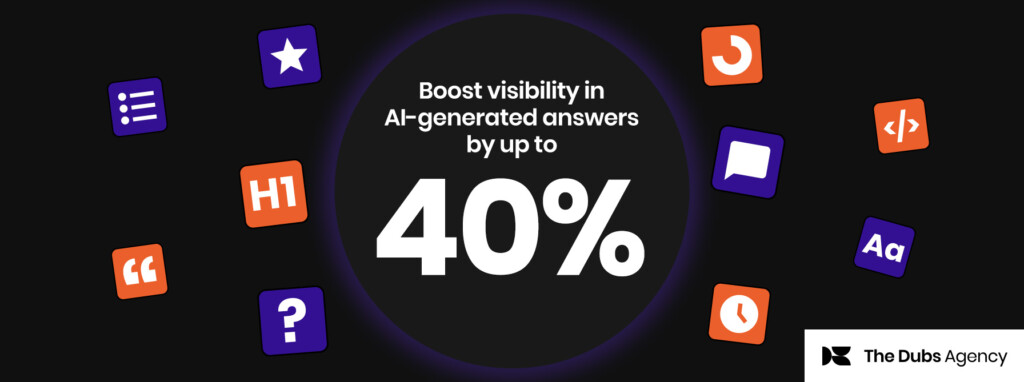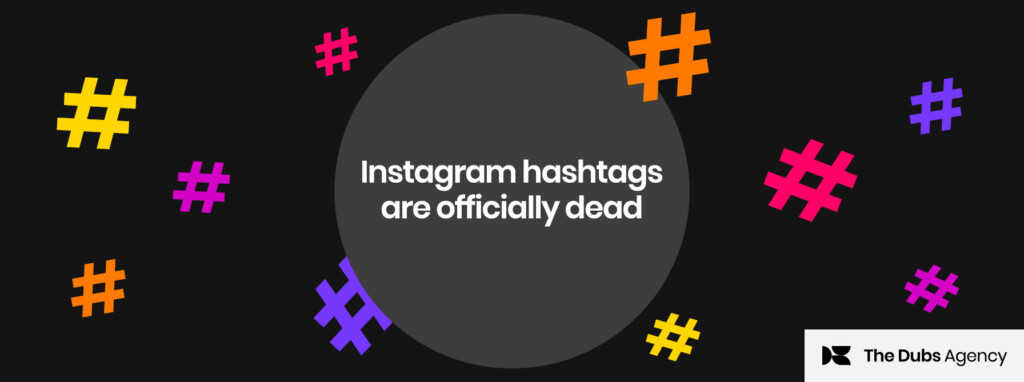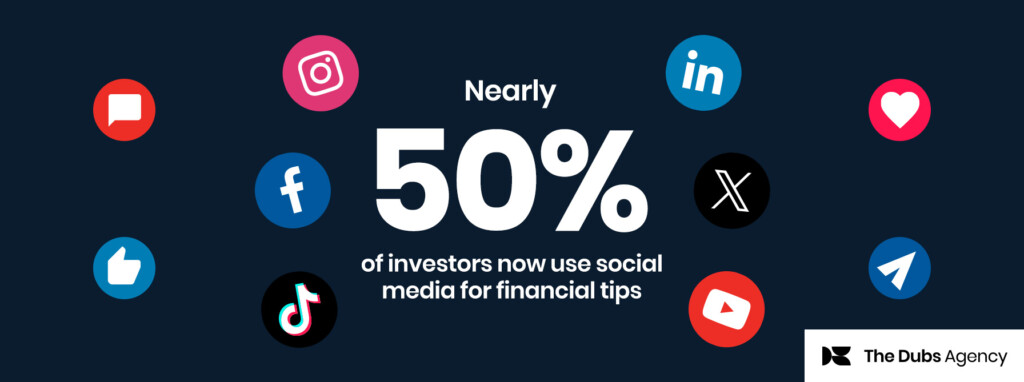An effective social media content strategy requires a brand to publish regularly, yet many financial institutions post updates only when a new product is released. It’s a mentality that would have likely caused Johann Carolus, publisher of the world’s first newspaper, to hurl the German dictionary at his journalists. He printed weekly in Strasbourg – and that was in 1605.
Consistent social media content
So, how often should you post social media content in 2020? Research suggests it depends on the channel:
- Facebook data from HubSpot’s 13,500 customers reveals brands with at least 10,000 followers should aim for 31–60 posts per month
- Track Social’s investigation argues businesses should tweet two–five times a day
- Union Metrics propose updating your Instagram 1.5 times daily
- While LinkedIn itself advises posting 20 times a month to reach at least 60% of your audience
But more social media content doesn’t translate to greater value unless it’s high-quality and relevant, too. Goldman Sachs, for example, has recorded 145 episodes of its weekly video podcast since launching in 2016, achieving consistency, quality and editorial credibility over simply striving for greater output. Downloaded 3.7m times in 2018 and nominated for major awards, Goldman Sachs posts consistently across YouTube, X and Facebook as well as on Spotify, Apple Podcasts, utilising on-screen copy to capture attention in-feed as well as on the company’s content hub. As well as committing to a consistent cadence, Goldman Sachs has established tagging protocols to ensure the podcast content stands out and its audience never misses an episode.
Or how about Australia’s first neobank, Xinja? The brand launched a few years ago and made consistent social content and comms the bedrock of its strategy, largely because it needed to educate and reassure the public on why they should put their money in a financial institution without physical stores. Its regularly-updated X account is the hub of its PR push, with most posts linking to longer content that explains the service. It’s a great example of building trust through an always-on social output.
How a content calendar can help you achieve consistency
The best tool you can use to consistently produce social media content that aligns to your brand objectives is a content calendar. By establishing clear content pillars and giving each a weighting based on their importance to the business, it provides a framework to guide content ideation. Not only a tool to be utilised by the content team, a content calendar allows for more structured ideation and collaboration across all business departments. By knowing what key content pillars you need to hit it allows you to more easily plan ahead as opposed to taking a reactionary approach to social media content.
The best tool you can use to consistently produce social media content that aligns to your brand objectives is a content calendar.
To fill it up from a standing start, target easy wins by repurposing existing content and knowledge underneath each content pillar. Break whitepapers down into shorter articles with a link to download the full PDF, like Getty’s Financial Services Visual Trends Report. Take inspiration from Goldman Sachs and Interview colleagues on their area of expertise for a podcast. Or follow Transferwise’s lead and turn Powerpoint presentations, in-house research or instruction manuals into blogs or videos.
Not to be seen as a static document, content performance metrics should be tracked and the content calendar revisited and optimised regularly.
A content calendar can also help with:
PR opportunities
A great example of thinking ahead is Deloitte’s social media-amplified Back to School spending research, which helps the brand push its family business credentials each year. It regularly generates pick up from publishers such as USA Today, CNBC and Forbes because it’s published in the summer, at a time when publishers are ravenous for these stories.
Atomisation
For every piece of content think about how you can take a Blockbuster approach, identifying multiple different angles within each piece that you can use as the basis for stand-alone social posts. It will save time, and the consistency will develop your thought leadership status by attacking a topic in-depth from multiple angles.
Newsjacking
A content calendar should also give you the flexibility to respond to breaking news. If your articles are evergreeen, they can be pushed back into a repository to make way for timely content. This content can be editorially-led or designed to support customer service functions. Australian financial services brand Suncorp is organised enough to regularly divert resources to assure customers it has support teams, assessors or building coordinators on the ground to tackle incidents as diverse as hailstorms, bushfires or floods.
Patience
When establishing a social content program it’s important to show patience and understand that a couple of posts won’t deliver immediate results, it requires consistency over the long-term. Aim to build credibility in the first year, keeping a close eye on engagement metrics; learn from these to identify and segment your prime audience in the second, mapping their journey and targeting insights; before using CRM integration and data analysis to convert customers in the third.
With a structured approach to content planning firmly in place finance brands may be surprised at how seamlessly they can achieve consistency and a better content experience for the brand and customers alike.
Feeling the pressure to produce content consistently? We can help establish a framework that will streamline your processes and deliver results, get in touch.









